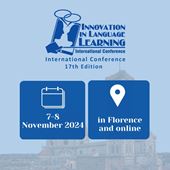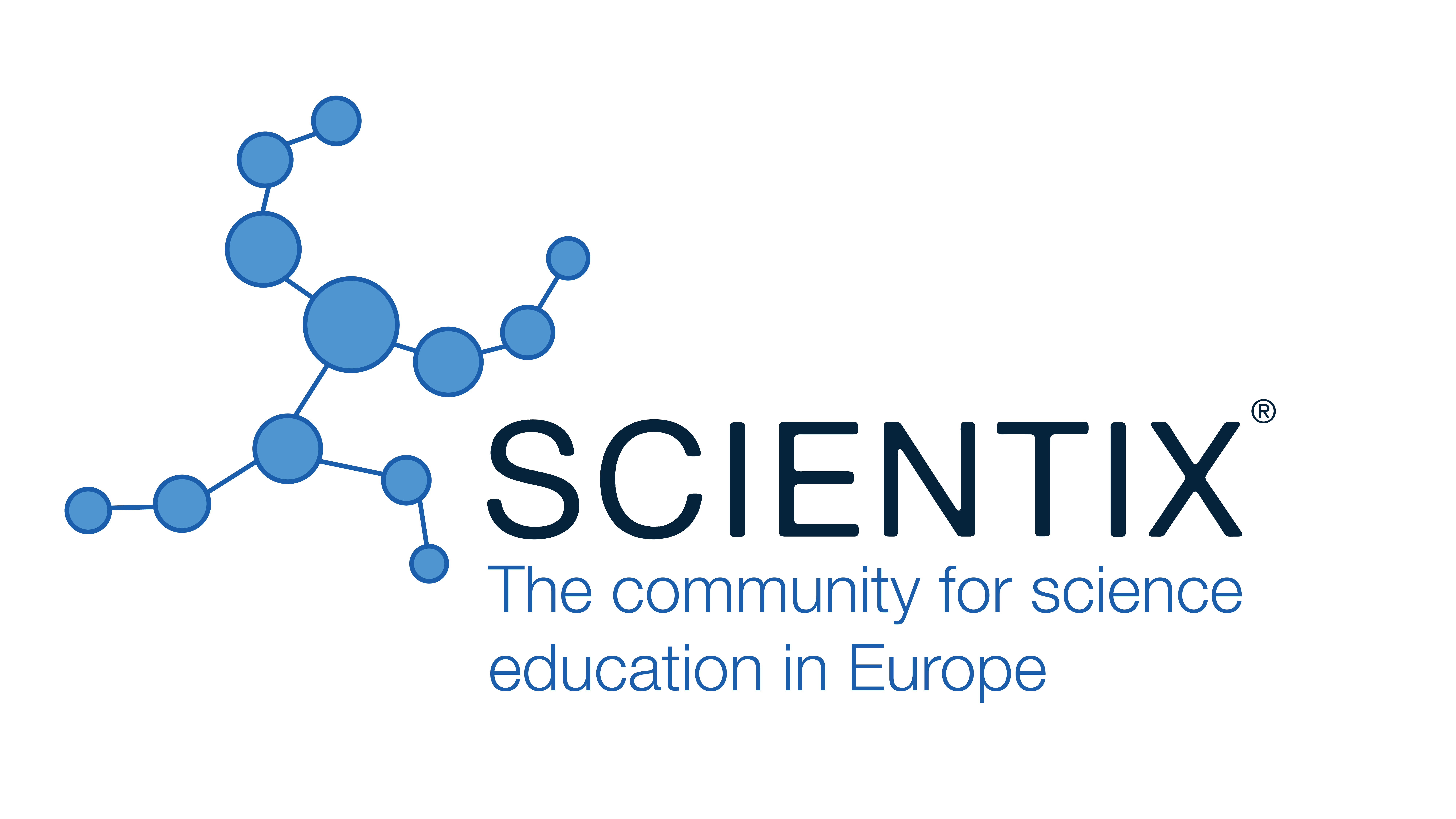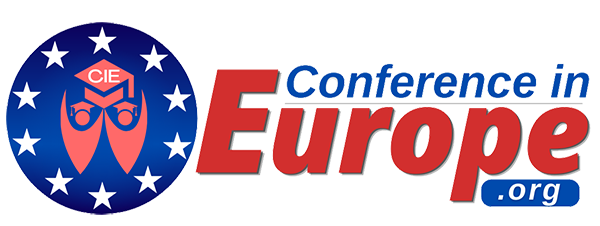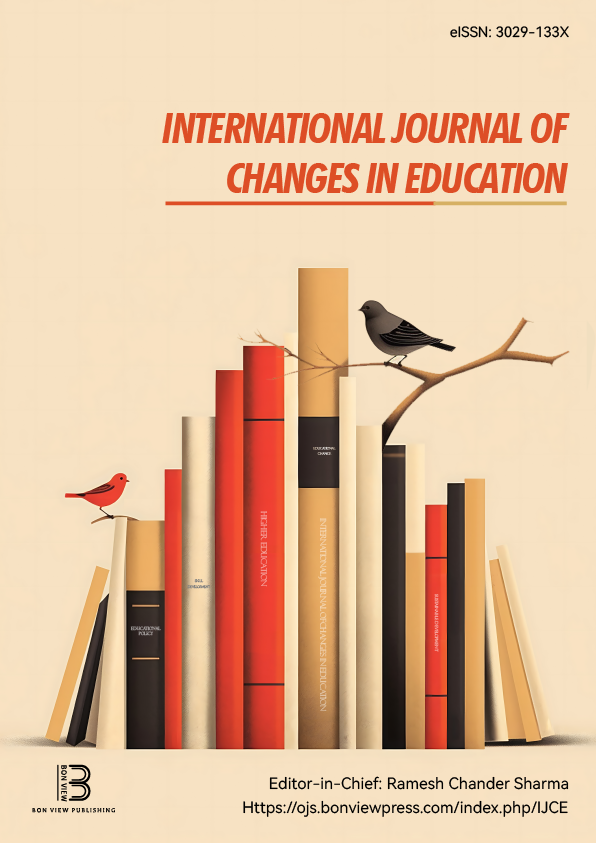Textile dyeing in the 18th century as case study for understanding some chemistry core concepts
Teresa Celestino, CAFIS, Roma Tre University (Italy)
Abstract
In his handbook on dyeing and calico-printing, Sir William Crookes (1832-1919) mocked Jean Hellot (1685-1766) by illustrating his mechanical hypothesis on the dyeing process [1, p. 7] [2]. Rather than admire the intellectual audacity in formulating a theory undoubtedly incorrect but courageous for that time — given the involvement of atoms (whose existence was far from universally accepted) — Crookes uses a particularly biting sarcasm. Actually, the ideas of Hellot (author of a book on the technology of dyeing [3]) were very advanced for his time [4]. To support this point, it is useful to compare his view of matter with the conceptions of a spagyric chemist: Martino Poli (1662-1714), an opponent of corpuscular theories [5]. His ideas were steeped in alchemical concepts, still widespread at the time. It is possible to use these sources as case studies in chemistry teaching, by a historical approach aimed at understanding science concepts [6]. In general, textile dyeing offers numerous insights for teaching several chemistry core concepts, such as electronic transitions at the origin of color, functional groups, and intermolecular bonds [7].
Keywords: Chemical education, history of science, textile dyeing.
References
[1] Crookes W. A practical handbook of dyeing and calico-printing, Longmans, Green and Co., London: 1874.
[2] Celestino T. A Practical Handbook of Dyeing and Calico-Printing: il Secolo del Colore si Mostra al Mondo. Rend. Accad. Naz. Sci. detta dei XL. Mem. e Rend. Chim., Fis. Mat. e Sci. Nat. 2024, V, 81-87.
[3] Hellot J. Art de la Teinture des Laines et Étoffes de Laine au Grand et au Petit Teint avec une Instructions sur les Débouillis, La veuve Pissot, Paris: 1750.
[4] Wisniak J. Jean Hellot. A pioneer of chemical technology. Revista CENIC Ciencias Quimicas, 2009, 40(2), 111-121.
[5] Luzzini, F. Chimico, giammai meccanico. L’opera di Martino Poli tra medicina, filosofia naturale e pratica alchemica. Laboratorio dell’ISPF, 2023, XX(9). DOI: 10.12862/Lab23LZF.
[6] Gooday G., Lynch J.M., Wilson K.G., Barsky C.K. Does Science Education Need the History of Science? Isis, 99(2), 2008, 322-330. DOI: 10.1086/588690
[7] Janeiro Tudanca A.M., Hamer, M. Botanical Textile Printing: A Creative Approach to Teaching Chemistry in High School. Journal of Chemical Education. DOI: 10.1021/acs.jchemed.5c00089
 New Perspectives in Science Education
New Perspectives in Science Education





























